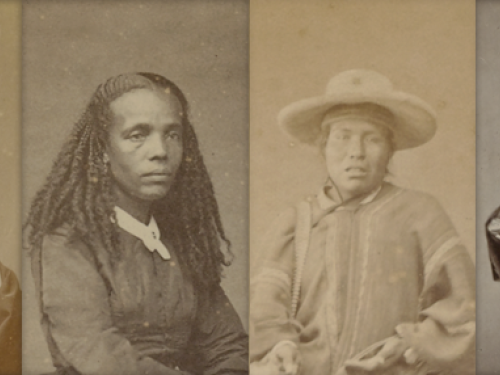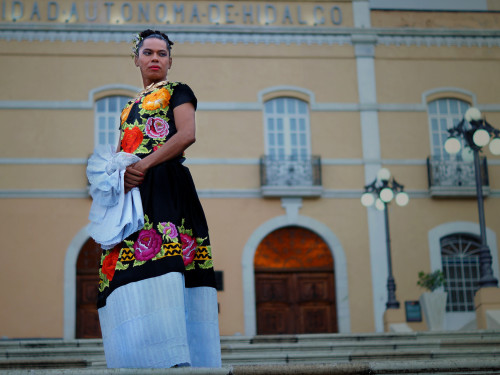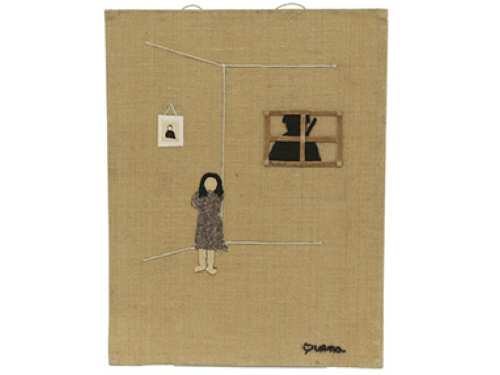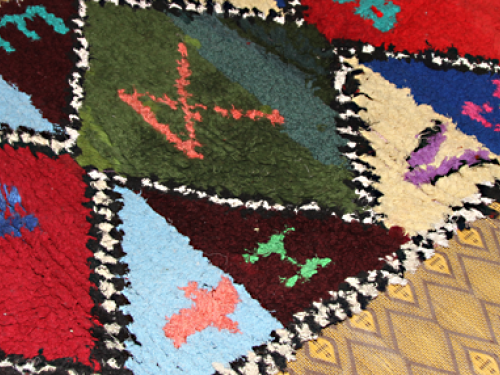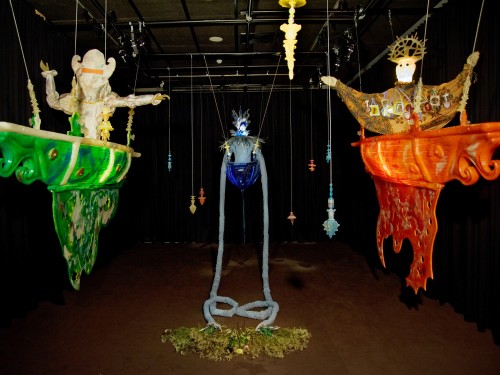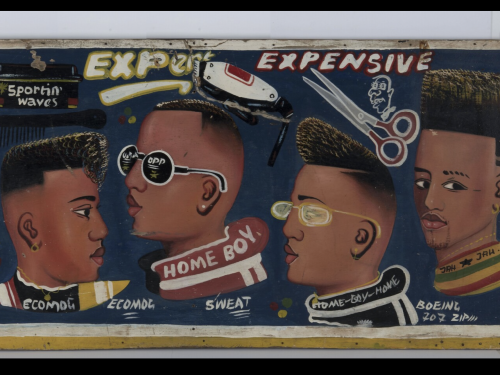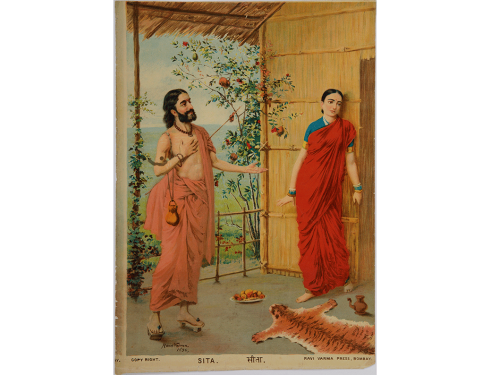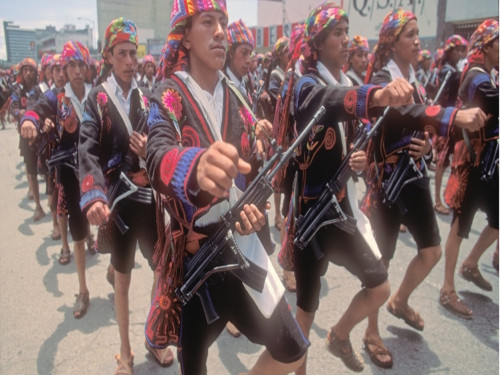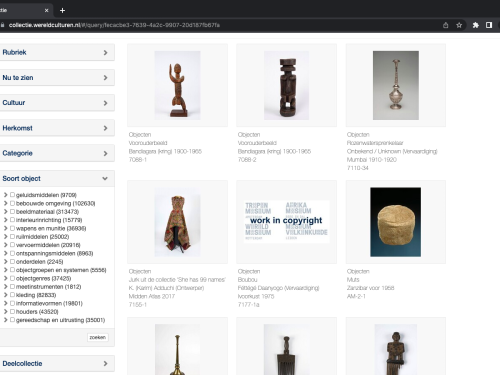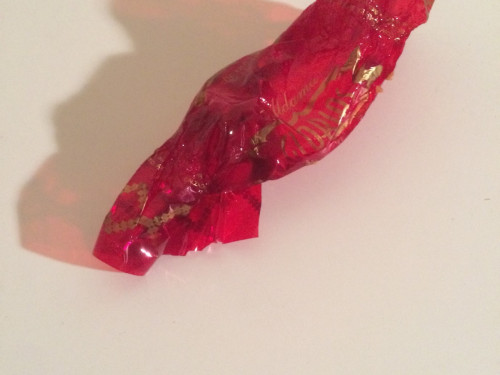
Our inquiry
The present proposed volume takes as its fulcrum the concept of gender, and in its most simple iteration asks: What happens when, we —that is, the varied individuals and communities who take a vested interest in the collections housed by ethnographic museums— think more deliberately from the objects in our museums? How might we theorize gender in ways that allow us to think our relationships to each other in Povinelli’s (2014) “otherwise” ways? Ultimately this volume brings together cutting-edge thinking in gender studies, material culture, and museum practice, centering the lens on the ethnographic as a critical category of analysis that continues to regiment how we organize the very collections in our museums. Our objective is to both:
- offer deeper reflections on the often summative and/or cursory descriptions that appear in our collection catalogues; and,
- honour the call by Evan B. Towle and Lynn M. Morgan (2010) not to romanticize our imaginations of gender in our varying notions of ‘culture’ ‘elsewhere.’ Rather drawing on Kaiama L. Glover’s intentionality in her own work on “Caribbean womanhood,” this volume “lays out no new ideological program or political solutions. It does, however, propose opening up to reading old stories in new ways” (2021: 37).
As such, we are interested in generating scholarship that listens —even speculatively, and definitely materially and historically—to how an object was put to use, cared for, and deployed at the time it was produced and in the years after its coming into the world. Yet, most importantly what does it mean for us to reflect on gender as it relates or might relate to the art in our museums?
The articles that are part of this first issue (see links below) or coming out in the forthcoming issue of the RCMC newsletter are:
- Tantos Cuerpos Dolientes: So Many Grieving Bodies – A Living Archive of Care, by Carolina Cuevas Parra;
- Del territorio a la accesoriedad. Aproximaciones al traje de Tehuana en comunalidad, by Lukas Avendaño & Magdalena Wiener, in Spanish with English abstract. Avendaño will be performing in the Holland Festival 2023;
- Moroccan Boucherouite: From Marginal Object to Collectible Art, by Cynthia Becker;
- Portrait of a Man, Portrait of a Woman? Race, Gender, and Misapprehensions in the Peruvian Photographs Collection at the Wereldmuseum, by Tamara J. Walker;
- Jananas and Ethnographic Museum Art: Objectification in Un-Engendering, Decolonizing, and Denationalizing, by Ila Nagar;
- Transcendence, Submersion, and Suspension, Fluidities and Spirits in Édouard Duval-Carrié’s Le Monde des Ambaglos and Some Reflections on the Haitian Revolutionary Romaine-la-Prophétesse, by Terry Rey;
- Black Hair As Transcript of Gendered Experience and an Artifact of Racial Resistance: Longue Durée Reflections on Salon Posters and Art at the Wereldmuseum, by Seneca Vaught and Cécile Accilien, article forthcoming later in 2023;
- Military Histories and Gendered Colonial and Cold War Legacies in Guatemala, by Marcia Esparza, article forthcoming later in 2023.
Caveats, Courage, and Subtleties
And yet, even if our intention is to listen carefully, we cannot but confront the difficulties of such listening. For many working in the ethnographic or world museum, and also in archaeology, in archival work, in the many senses ascribed to the term archive, we know that knowledge of the past is often speculative, and, must at its best encourage “critical discomfort” (Modest, 2020: 65). Yet, as philosopher Souleymane Bachir Diagne reminds us: what matters is what an object means to us now. In one of his multiple reflections on African masks as philosophy, he writes of European scholars’ frustration at not being able to trace a particular history of the makers of the masks collected during the long history of unabashed looting of African art:
If, then, we can no longer ask what was meant, we remain free to pose the question of what sculpting like that may mean: for us today. That is the only true question. (Diagne, 2019: 29)
How we come to this now-meaning must be deliberated on in ways that honor the art in its integrity, and with integrity. That is, thinking through Wendy Hui Kyong Chun’s work on recognition and its relation to discriminatory processes, another question that arises is Chun’s idea that every recognition is a misidentification, and that within this irony, dangerously violent processes can take place (2021: 228).[1]
The museums and especially the ethnographic-museum-as-world-museum remain places in which visitors show up for an encounter with both a predisposition to recognise and a seeming willingness to learn otherwise ways of perceiving an object. In the scope of museum-work, before presenting objects to our publics, it is the duty of museum practitioners working with artefacts to have 'already done our homework,' as best we can, so as to present the objects in our collections as holistically as possible, to think in Nicholas Thomas’s word, our museums as “landscapes” of both “possession and dispossession” (2022: 72-121). Moreover, when we are obligated into the speculative, especially on such necessarily unstable terrain, we must draw on myriad methodologies of knowledge gathering. In this way, our misidentifications and “misinterpellations” (Martel, 2017) at least honor “how” the objects may have functioned for those creating and using the object at the time (Joyce, 2008), as well as how diverse audiences decode the given object in their now-time in multiple ways (Hall, 1973).
Ultimately though, and especially given the fast-paced conversation around gender, certainly in thinking gender from varied global and especially translocal perspectives, there is no ‘right’ way to engage gender theory, but there are more or less sensitive ways to do so, that as Henrietta Lidchi reminds us must constantly keep the ever malleable notion of context present (2010). The authors who have contributed to this project have taken on the courageous task of thinking gender from varying “locations of culture.” No scholar could possibly be an expert in all of the interdisciplinary aspects required to write these pieces: some are experts in gender theory, but not in the specific cultural requisites called in by a specific art piece; some are experts in the specific philosophies that inform their reflection on the art, but are not necessarily experts in the vocabularies of academic gender theory, which is de facto “Western,” for as Towle and Morgan argue, Euro-informed gender theory is itself an imprint of a specific cultural norm: “if gender is determined by culture elsewhere, then it must be determined by culture at home, too” (2010: 487). To find a scholarly language that can comfortably translate across the ever-expanding multiplicities of the varying locations of culture from which we emerge, move, and transform, especially in regard to gender is simply not possible. Notably, referencing Emily Apter’s and Esther Peeren’s work on the world literary and the world cultural, might we invite ourselves, and each other, to become more comfortable with the “untranslatabilities” to which Apter and Peeren refer?
As such we conclude our introduction to the release of these first articles, honouring the courageous task that the authors of these articles, both the ones that appear online now, and in the months to come, have taken on. As documentary filmmaker, Raoul Peck—himself drawing on the work of his friend the late Sven Lindqvist—notes, “It’s not knowledge we lack. What is missing is the courage to understand what we know” (2021: Exterminate All the Brutes, trailer, 1:03 minutes).
Alessandra, Josep, Wonu
Our process
Today, 27 April 2023, we release the first articles in a research project launched in 2017 titled Un/Engendering the Collections, an inquiry related to the exhibit What a Genderful World, which opened at Amsterdam’s Tropenmuseum in October 2019 and then moved to Rotterdam’s Wereldmuseum in 2021. In October 2020, we organized a brown bag lunch. In the months to come, we hope to release a few more pieces online that both follow-up on the October 2020 conversations and also interrogate and provoke the very tenets of the project, taking account of the deep deliberations that have developed over the past six years. Finally, in December 2023, we anticipate the release of a special issue of a journal (to be announced at publication).
This special collection was conceived of by the Research Centre for Material Culture (RCMC) at the National Museum of World Cultures in the Netherlands, now named Wereldmuseum, under the aegis of Wayne Modest, with significant intellectual shaping by Carolyn Nakamura. The present volume is coordinated and edited by Alessandra Benedicty-Kokken, Josep Almudéver Chanzà, and Fanny Wonu Veys. Over the project’s inception, we have engaged twenty-four authors, stemming from two projects: Un/Engendering the Collections: Rethinking Gender in the Ethnographic Museum and Prácticas textiles como formas de sanar, cuidar y resistir. We also thank Amal Alhaag, Wendy Boham, Olombi Bois, Daan van Dartel, João Dinis de Pinho, Juliette Huijgen, Henrietta Lidchi, Luisa Michelsen, Ilaria Obata, Rita Ouédraogo, Esmee Schoutens, Diego Guimaraes Semerene, Gerold Sewcharan, Eliza Steinbock, Priya Swamy, Ailish Toal, and Carine Zaayman for their active advice, research and peer-review in various moments of the process, as well as the Literary and Cultural Analysis Literary Worlds course and students at University of Amsterdam for helping to think through this introduction.
Thank you to Sander Rozendaal for exemplary work formatting and organising the project’s online appearance.
Again to note
All contributors called into the Un/Engendering research project were asked to think outside their respective specializations. Without their courage, openness, humility, and without the peer reviewers’ generous attention, such an interdisciplinary project could have never taken place. We publish these articles as the museums consolidate into one nominal entity, het Wereldmuseum: since the articles were written between 2020 and 2023, they do not yet reflect the March 2023 name change. Should you have any questions, please reach for us.
Works Cited
Apter E (2013) Against World Literature: On the Politics of Untranslatability. London: Verso Books.
Bhabha, H (2004) The Location of Culture. London: Routledge.
Chun WHK (2021) Discriminating Date: Correlation, Neighborhoods, and the New Politics of Recognition. Cambridge, MA/ London: MIT Press.
Diagne SB (2019) Senghor, Bergson, and the Idea of Negritude. In: Dokolo S and Geers K, incarNations: African Art As Philosophy. Milano: Bozar Books, SilvanaEditoriale, pp. 21-37.
Glover KL (2021) A Regarded Self: Caribbean Womanhood and the Ethics of Disorderly Being. Durham/London: Duke University Press.
Hall S 1973/1980 Encoding, Decoding. In: Centre for Contemporary Cultural Studies (ed), Culture, Media, Language. Working Papers in Cultural Studies, 1972-1979. London: Routledge, pp. 128-38.
Joyce RA (2008) Ancient Bodies, Ancient Lives: Sex, Gender, and Archeology. New York: Thames & Hudson.
Lidchi H (2010) The Poetics and Politics of Exhibiting Other Cultures. In: Representation: Cultural Representations and Signifying Practices. London/ Thousand Oaks, ed. S Hall. Open University, pp. 153-208.
Lindqvist S (2007, 2018) Exterminate All the Brutes. Trans. Joan Tate. London: Faber and Faber as cited by Raoul Peck in documentary Exterminate All the Brutes (2021).
Martel JR (2017) The Misinterpellated Subject. Durham/ London: Duke University Press.
Modest W (2020) Museums Are Investments in Critical Discomfort: A Conversation with Wayne Modest. In: Sansi R, Appadurai A, Tinius J van Oswald M (eds), Across Anthropology: Troubling Colonial Legacies, Museums, and the Curatorial. Leuven: Leuven UP, pp. 65-75.
Peeren E (2022). Worlding Popular Culture. In: , Di Leo J. R. and Moraru C. (eds), The Bloomsbury Handbook of World Theory. New York: Bloomsbury Academic, pp. 119-130.
Povinelli E (2014) Geontologies of the Otherwise. The Politics of Ontology. Fieldsights. January 13. https://culanth.org/fieldsights/geontologies-of-the-otherwise
Thomas N (2022/ 1999) Possessions: Indigenous Art/Colonial Culture/Decolonization. London: Thames & Hudson Ltd.
Towle EB and Morgan L (2002) Romancing the Transgender Native: Rethinking the Use of the “Third Gender” Concept. GLQ: A Journal of Lesbian and Gay Studies 8(4): 469-97.
[1] Chun writes: “To ‘recognize’ is to identify ‘something that has been known before.’ It is to perceive someone or something as the same as someone or something previously encountered or known”; and further on, “Recognition is an acknowledged reidentification, but, since nothing ever stays the same and no two things are identical, every recognition is also a misidentification” (2021: 228)

